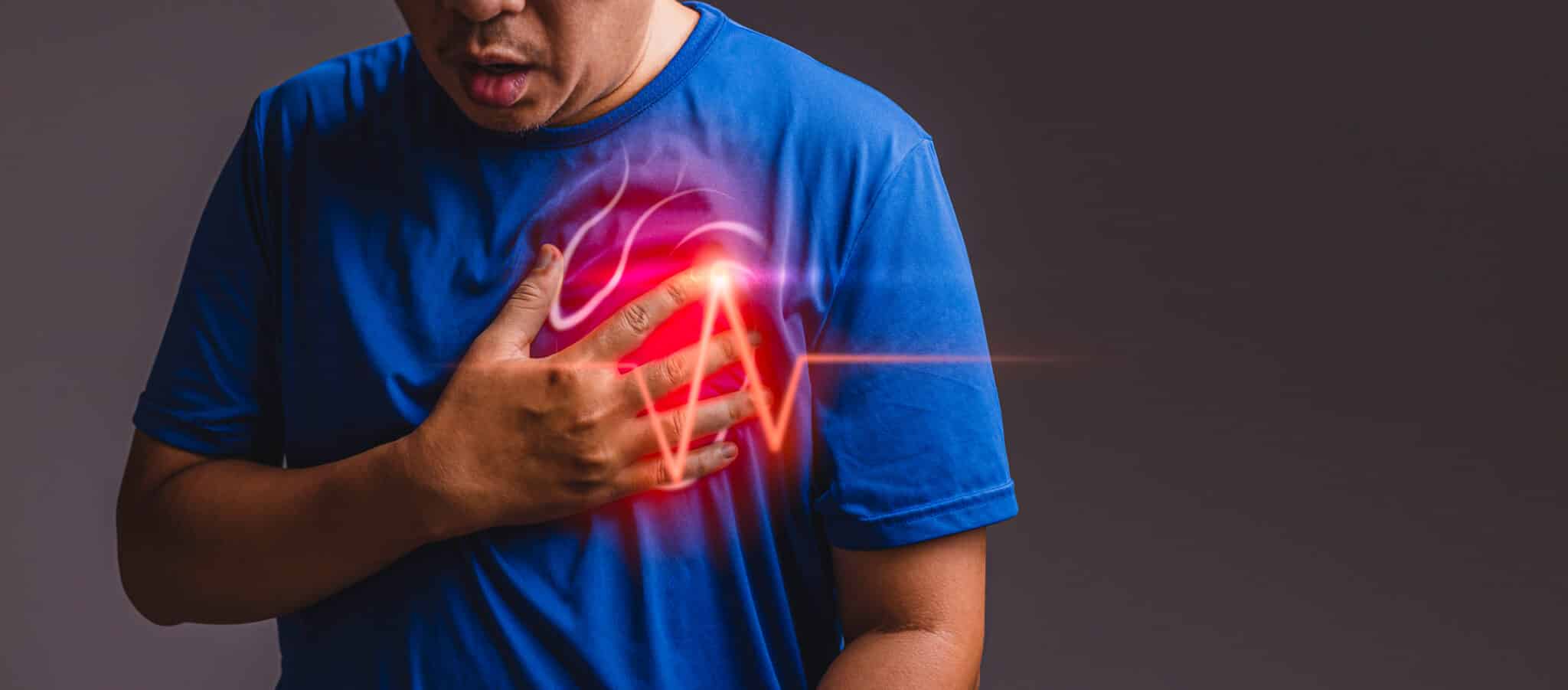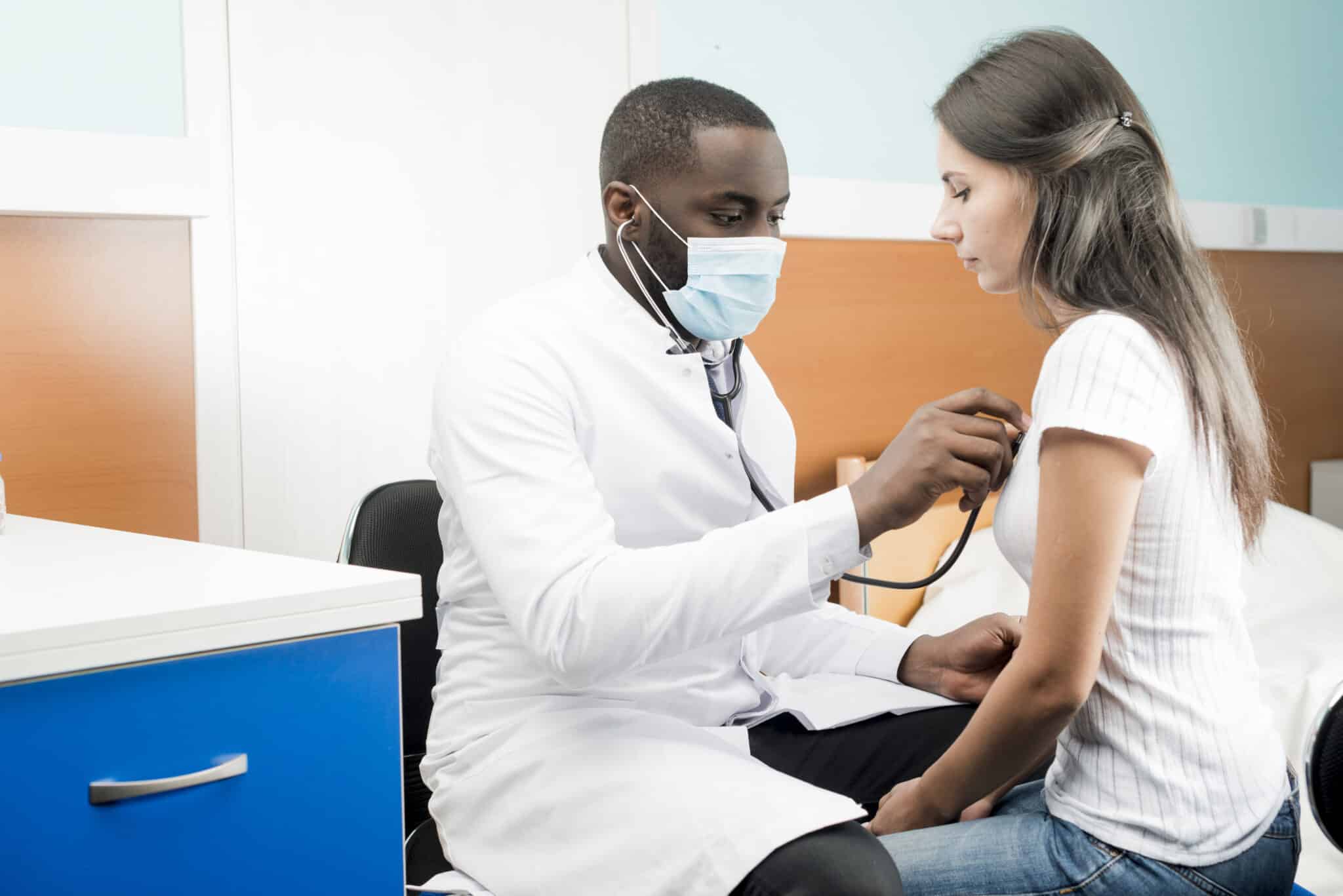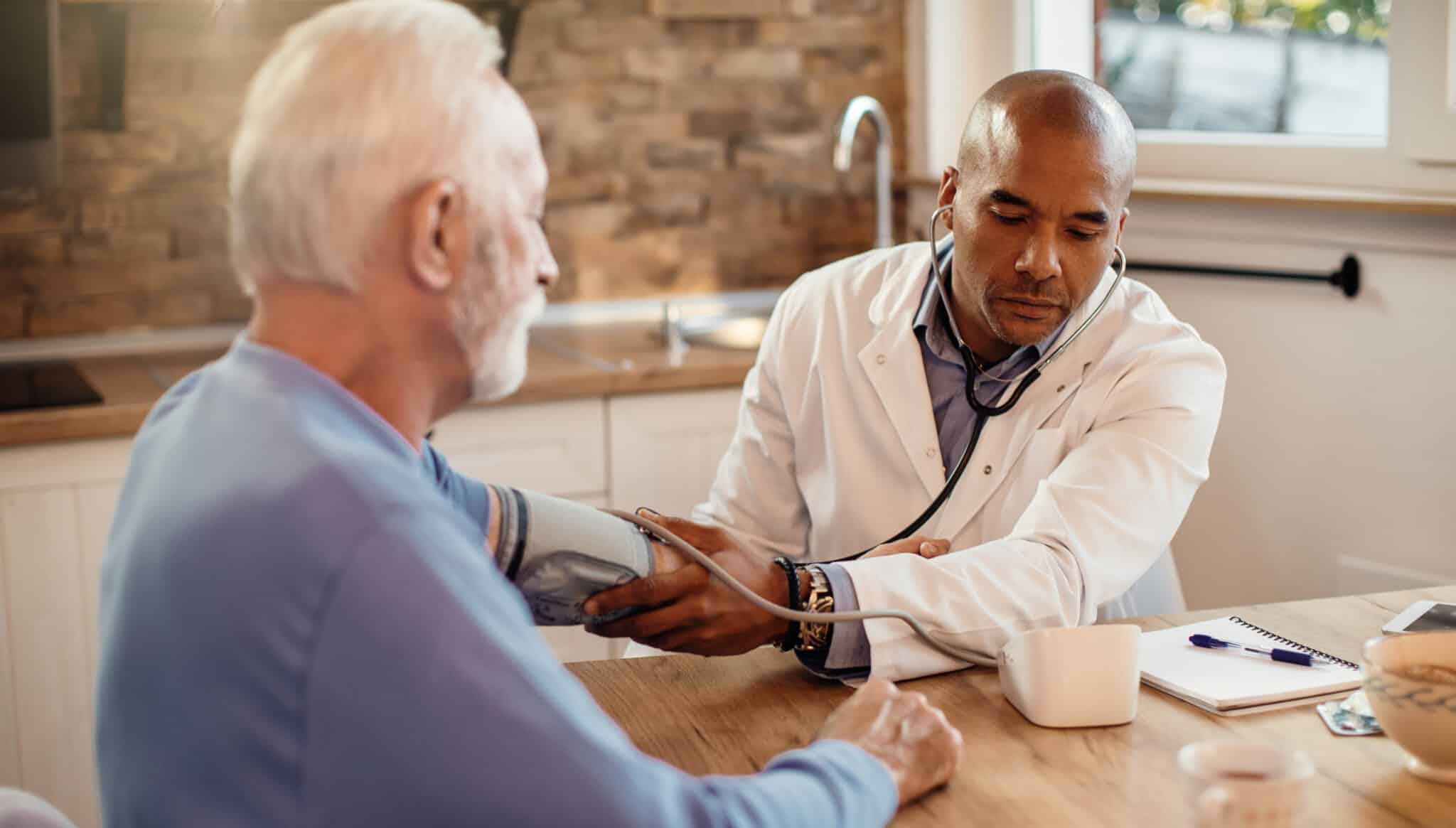Heart Attack and Stroke

Contents
- What is blood pressure?
- Recommended lifestyle changes
- What is a heart attack and what are the symptoms
- Common heart attack symptoms
- Did you know
- What is a stroke and what are the signs and symptoms
- The 5 signs of a stroke
- In the event of a possible stroke
- How is a stroke caused?
- Preventative medications
WHAT IS BLOOD PRESSURE?
Heart attacks and strokes are among the common diseases of the heart and blood vessels, collectively termed cardiovascular disease (CVD). In South Africa, nearly 200 people die each day from CVD,1representing one out of five daily deaths due to HIV/AIDS.2 For every woman that dies of a heart attack, two men die.1 The United Nations predicts that the proportion of the South African population above 60 years will more than becoming the number one cause of death and disease in people over 50 years of age. CVD is common among younger people too, with deaths projected to increase by over 40% in the 35- to 64-year age group by 2030.2
How to prevent a heart attack or stroke?
Your risk of a heart attack increases by three-fold with each risk factor. For example, if you have three risk factors your risk increases 3x3x3 or 27 fold. Three out of every four heart attacks or strokes occur in people who have already suffered such an event, so it is essential to change your lifestyle as early as possible and to do all you can to prevent potentially fatal CVD.1 It’s never too late to make healthy lifestyle changes.1, 3, 4
RECOMMENDED LIFESTYLE CHANGES:
- Quit smoking and avoid second-hand smoke
- Get regular medical check-ups to check for high blood pressure, blood cholesterol and diabetes.
- Maintain a healthy weight – excess weight strains your heart and can contribute to high cholesterol, high blood pressure and diabetes.
- Exercise regularly for a minimum of 30 minutes a day, five times a week.
- Eat a healthy diet – talk to your doctor or nutritionist about eating a heart-healthy diet with plenty of fruit and vegetables and limited saturated fats, cholesterol and salt.
- Manage diabetes with regular exercise, eat well, lose weight and take required medication to protect high blood sugar from damaging your blood vessels.
- Control stress by managing stressful events and rethinking work habits.
- Drink alcohol in moderation – cut down to one drink a day, which may help to increase the ‘good’ (HDL) cholesterol.
- If you have obstructive sleep apnea (a sleep disorder in which the oxygen level intermittently drops during the night) get treatment.
WHAT IS A HEART ATTACK AND WHAT ARE THE SYMPTOMS?
It is crucial to promptly recognize symptoms and immediately call for emergency medical help if you think you or someone else might be having a heart attack.3
A heart attack, or myocardial infarction, occurs when there is a sudden blockage, usually caused by a clot, in a coronary artery. A coronary artery is a blood vessel that feeds blood to a part of the heart muscle. The interrupted blood flow can cut off blood supply to the heart muscle. If this ‘ischemia’ of the heart happens for more than a few minutes, it can damage or destroy a part of the heart muscle.3
COMMON HEART ATTACK SYMPTOMS
- Pressure, tightness, pain or a squeezing or aching sensation in your chest or arms that may spread to your neck, jaw or back
- Feeling of fullness, nausea, indigestion, heartburn or abdominal pain
- Shortness of breath
- Sweating or cold sweat
- Feeling anxious or an impending sense of doom
- Fatigue
- Trouble sleeping
- Lightheadedness or dizziness
DID YOU KNOW…
Symptoms vary widely and occur at different levels of severity – some people have no symptoms at all.
The more signs and symptoms you have, the greater the likelihood that you may be having a heart attack.
A heart attack can occur anytime – when you’re resting or moving.
Many people who experience a heart attack have warning signs and symptoms hours to weeks in advance – the earliest warning of a heart attack may be recurrent chest pain (angina) triggered by exertion, and relieved by rest, and caused by a temporary decrease in blood flow to the heart.
WHAT IS A STROKE AND WHAT ARE THE SIGNS AND SYMPTOMS?
A stroke occurs when the blood supply to part of your brain is interrupted or severely reduced, depriving brain tissue of oxygen and food. Within minutes, brain cells begin to die. A stroke is a medical emergency. Prompt treatment is crucial. Early action can minimise brain damage and potential complications. The good news is that strokes can be treated and prevented.
THE 5 SIGNS OF A STROKE
1. Trouble walking
2. Trouble speaking and understanding
3. Paralysis or numbness of the face, arm or leg
4. Trouble seeing with one or both eyes
5. Sudden, severe headache
IN THE EVENT OF A POSSIBLE STROKE
Think fast and do the following:4
Face – ask the person to smile to see if one side of the face droops
Arms – ask the person to raise both arms to see if one arm drifts downwards
Speech – ask the person to repeat a simple phrase to see if their speech is slurred or strange
Timing – if you observe any of the above signs, call for emergency medical help immediately and don’t wait to see if the symptoms go away
HOW IS A STROKE CAUSED?
A stroke is most often caused by a severely narrowed or blocked artery (ischemic stroke), which supplies blood to the brain. A thrombotic stroke occurs when a blood clot (thrombus) forms in one of the arteries that supply blood to your brain. A clot may be caused by fatty deposits (plaque) that build up in the arteries and cause reduced blood flow (atherosclerosis) or other artery conditions. A haemorrhagic stroke occurs when a blood vessel in your brain leaks or ruptures. It may result from uncontrolled high blood pressure (hypertension) and weak spots in your blood vessel walls (aneurysms).

PREVENTIVE MEDICATIONS
Aspirin can save lives5
If you’ve had a heart attack or stroke, your doctor may recommend medications to help reduce your risk of having another.3, 4
Medications could include anti-platelet drugs:
- Platelets are cells in your blood that initiate clots. Anti-platelet drugs make these cells less sticky and less likely to clot. The most commonly used anti-platelet medication is aspirin.4 Doctors recommend an aspirin dose between 81 and 325 mg daily for people who’ve had a heart attack, unless they have had an allergic reaction to aspirin, or have some other serious reason not to take it.3
- To treat an ischemic stroke, doctors must quickly restore blood flow to your brain. Aspirin is an immediate treatment given in the emergency room to prevent blood clots from forming to reduce the likelihood of having another stroke.4
- Your doctor can help you determine the right dose of aspirin for you. 4 Doctors may also prescribe aspirin in combination with an anti-clotting drug, such as clopidogrel, (for people undergoing an angioplasty or stent procedure to open narrowed coronary arteries), before and after the procedure.3 Your doctor may also consider prescribing a combination of low-dose aspirin and the anti-platelet drug dipyridamole to reduce the risk of blood clotting.4
Related Brochures

cardiovascular-disease

cholesterol
What is Cholestrol?
